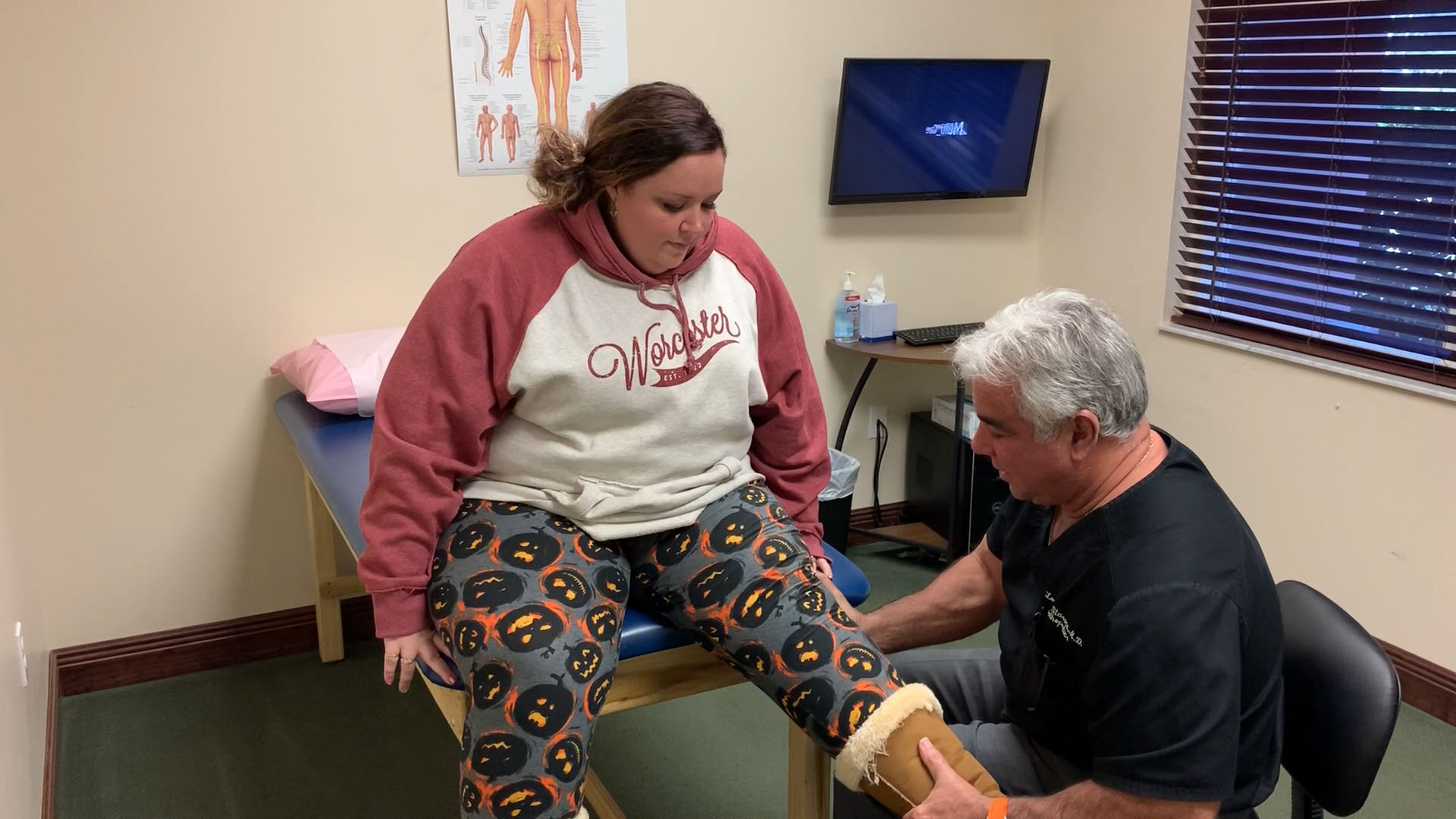What conditions do orthopedic specialists treat?
Patients come to us with a wide range of issues, such as:
Fractures-Sprains-Strains: A fracture, sprain or strain doesn’t always heal well, and you may not be able to return to your normal active lifestyle after the healing process is complete. When you break a bone, that area is often immobilized in a cast for weeks or months, weakening the muscles and tissue around it. When the cast is removed, you might need rehabilitation in order to return to your regular activities.
General Neck and Back Pain: Millions of people suffer from neck and back pain. It may be just as hard to pin down the source of the pain as it is to fix it. Orthopedics can help you identify the problem and stop the pain at its source.
Injuries from Auto Accidents: Whiplash is the most common injury accident victims suffer, but there are a number of others such as headaches, back pain, muscle stiffness, blurred vision and more. Orthopedics treats soft tissue injuries as well as injuries to joints.
Pre- and Post-Surgery Rehabilitation: Rehabilitation can improve your healing time after surgery, restoring your mobility and strength. Many recovery programs include rehabilitation, and some patients need rehab beforehand to prepare for the surgery. Orthopedic rehab may go hand-in-hand with orthopedic surgery as part of your treatment program.
Sports Injuries: Sports injuries are common and there are many different kinds. Some injuries manifest over a long time; you may start to ache in places that you use frequently when you play. Athletic injuries require their own set of treatments, often including orthopedics.
Work-Related Injuries: Injuries on the job can vary from a sudden accident to a repetitive motion issue. Whatever the injury, whether it is sudden or gradual, it can be diagnosed, repaired, and then prevented for the future.
What do orthopedic therapists do?
We offer a variety of treatments, including but not limited to:
Pain Management: Pain is among the top reasons people look into orthopedics. There are a number of different non-invasive techniques that can be utilized to relieve your pain.
Manual Therapy: Hands-on manipulations help mobilize your muscles and joints.
Ultrasound: High-frequency sound waves are put into play to stimulate the deep tissues and increase your blood flow in the treated area.
Stretching: These exercises can improve flexibility and strength while increasing blood flow.
Ice or Heat Therapy: Heat relaxes sore muscles while ice reduces swelling and pain.
Custom Orthotics: Custom shoes and inserts can make a world of difference in the way you walk and the pain you feel. Custom orthotics treat a variety of foot and ankle disorders and make a huge difference in the quality of your life or workout plan.


